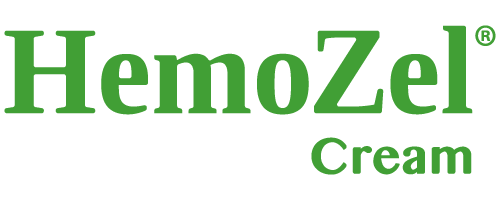How to Get Rid of Varicose Veins: Effective Solutions and Treatments
Varicose veins are a common condition affecting many adults, characterized by swollen, twisted blood veins that often appear on the legs. They can cause discomfort, pain, and aesthetic concerns. Fortunately, various treatments and lifestyle adjustments can help manage and reduce their appearance. Here’s a detailed guide on how to get rid of varicose veins and spider veins, supported by expert insights and current research.
Understanding Varicose and Spider Veins
Varicose veins result from weakened or damaged vein walls and valves, typically occurring due to age, genetics, prolonged standing, or pregnancy. Spider veins are similar but smaller and closer to the skin surface (Cleveland Clinic, 2024).
Lifestyle Changes to Reduce Varicose Veins
Simple adjustments in daily habits can significantly impact vein health:
-
- Regular Exercise: Activities such as walking, cycling, or swimming promote better circulation and can reduce symptoms (Mayo Clinic, 2024).
-
- Weight Management: Maintaining a healthy weight alleviates pressure on veins, helping prevent varicose veins from worsening.
-
- Compression Stockings: Specially designed stockings enhance blood flow by gently squeezing the legs, reducing swelling and discomfort (Medical News Today, 2024).

Non-Invasive Treatments
Several non-invasive treatments are effective in managing varicose veins:
-
- Sclerotherapy: This common spider vein treatment involves injecting a solution directly into the veins, causing them to fade gradually (Harvard Health, 2024).
-
- Laser Therapy: Ideal for smaller varicose veins, laser treatment sends strong bursts of light onto the vein, making them fade without incisions or needles (Verywell Health, 2024).
Minimally Invasive Procedures
If lifestyle changes and non-invasive treatments aren’t sufficient, minimally invasive procedures may be recommended:
-
- Endovenous Ablation Therapy: This therapy for varicose veins uses heat from lasers or radiofrequency to close off problematic veins (Mayo Clinic, 2024).
-
- Phlebectomy: Small incisions are used to physically remove surface varicose veins, offering immediate improvement in appearance and relief from symptoms (Harvard Health, 2024).

Supporting Your Skin Health
For mild symptoms, topical products can offer relief and help manage vein discomfort. Creams containing natural ingredients, such as HemoZel Cream, can soothe irritated skin and reduce inflammation around varicose and spider veins, providing a complementary approach to medical treatments.
When to Consult a Specialist
If you’re experiencing significant discomfort, swelling, or skin discoloration, it’s important to consult a healthcare professional or a vascular specialist. Early consultation can lead to more effective treatment and management (Washington Post, 2025).

Conclusion
Knowing how to get rid of spider and varicose veins involves combining lifestyle changes, non-invasive treatments, and professional medical interventions when necessary. By taking proactive steps, including the use of supportive products like HemoZel Cream, you can effectively manage these conditions and enhance both your comfort and confidence.
References
-
- Cleveland Clinic (2024). Varicose Veins.
-
- Mayo Clinic (2024). Varicose Veins Diagnosis & Treatment.
-
- Harvard Health (2024). Advances in Varicose Vein Treatment.
-
- Medical News Today (2024). Varicose Veins: Symptoms, Causes, and Treatments.
-
- Verywell Health (2024). Treatment Options for Varicose Veins.
-
- Washington Post (2025). Varicose Veins: Pain and Treatment.
